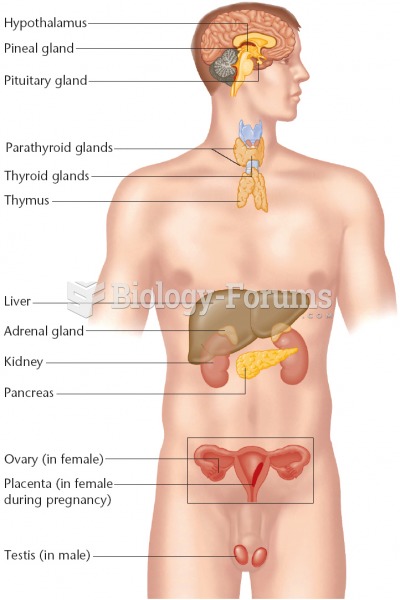Answer to Question 1
Ans:
D
Feedback:
Alcohol use, fever, hypotension, and tachycardia are often associated with pancreatitis, as are elevated serum amylase and lipase levels. These enzymes would unlikely rise in cases of hepatitis, cholecystitis, or cirrhosis. The precise mechanisms whereby alcohol exerts its action are largely unknown. The capacity for oxidative and nonoxidative metabolism of ethanol by the pancreas and the harmful by-products that result have been related to the disease process. Hepatitis C has an incubation period. Most adults who acquire the infection usually are asymptomatic. Jaundice is uncommon. Direct measurement of HCV in the serum remains the most accurate test for infection. Cirrhosis represents the end stage of chronic liver disease. The end result is liver failure that affects many organs. The patients usually have anemia, thrombocytopenia, endocrine disorders, skin lesions, azotemia and renal failure, and hepatic encephalopathy.
Answer to Question 2
Ans:
C
Feedback:
Gallstones can be caused by abnormalities in the composition of bile (increased cholesterol) and stasis of bile. The formation of cholesterol stones is associated with obesity and occurs more frequently in women. These factors cause the liver to excrete more cholesterol into the bile. Estrogen reduces the synthesis of bile acid in women. Cholesterol stones are extremely common in Native Americans. Jaundice and pain that radiates to the upper back and right shoulder are noted signs and symptoms of cholelithiasis. While cholesterol is a key element in the formation of gallstones, the particular amount ingested in the diet is not central to the development of the problem. Surgery, not medication, is the normal treatment modality, and fever and nausea are more closely associated with cholecystitis rather than cholelithiasis.






